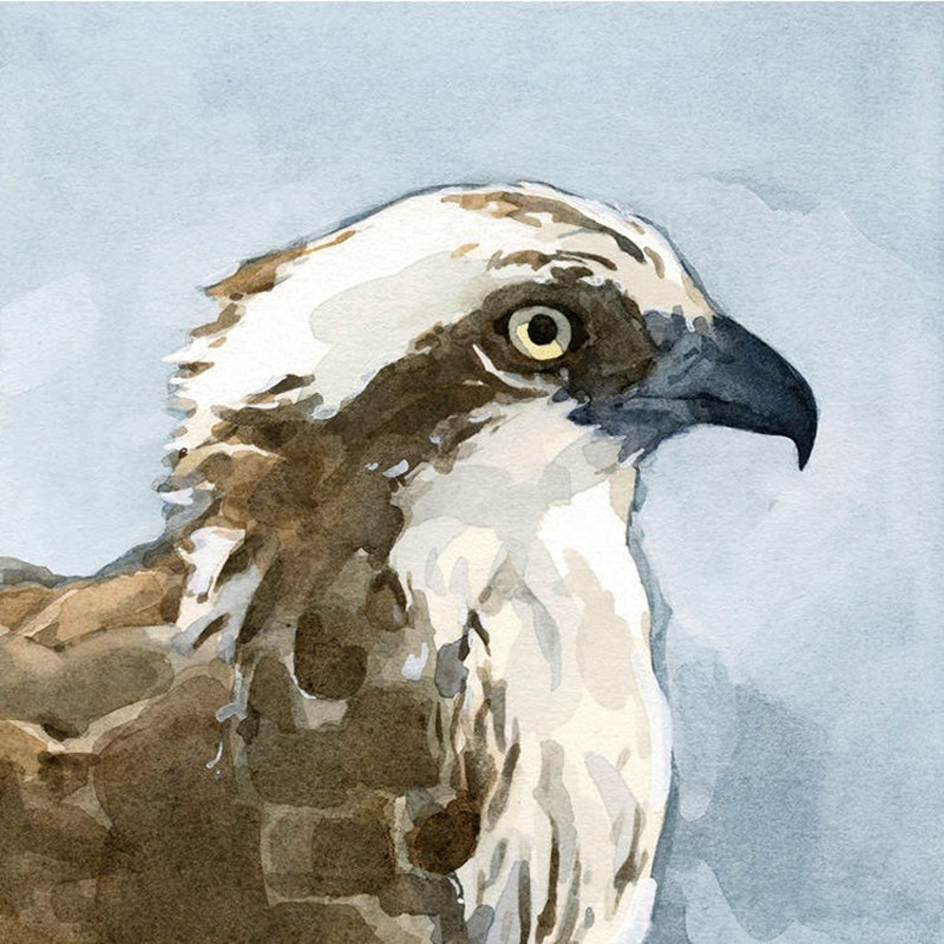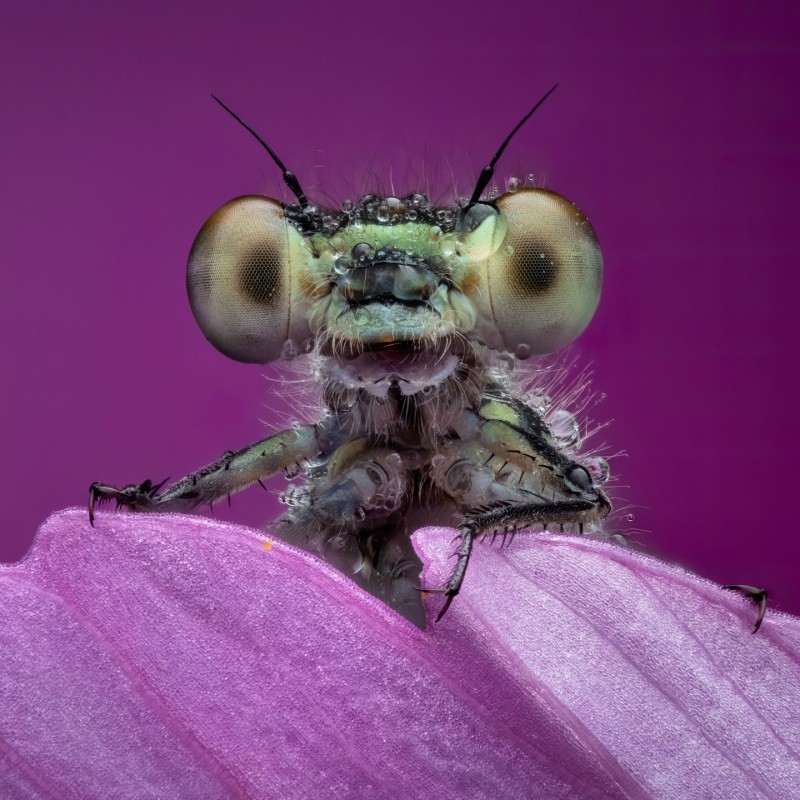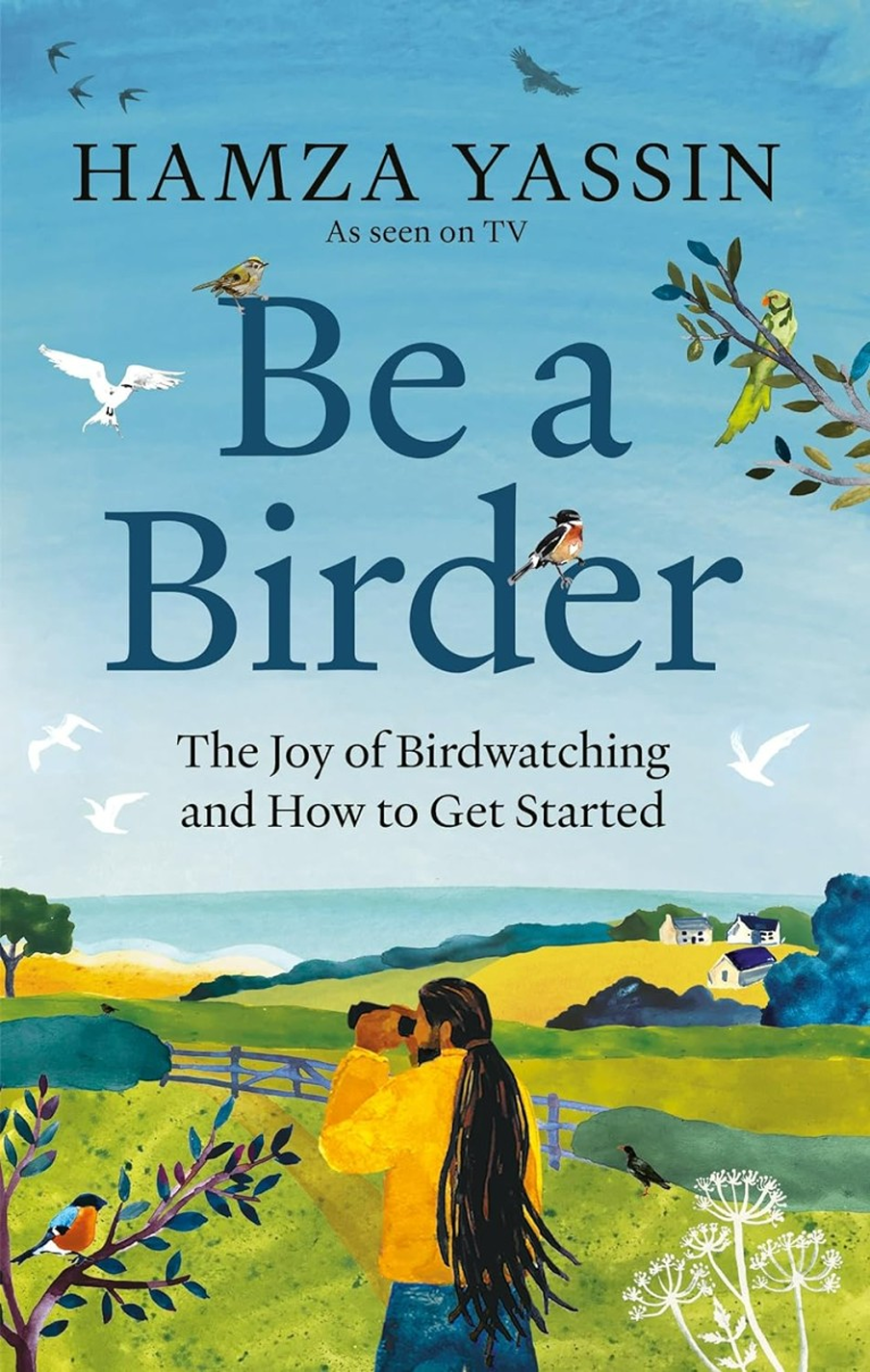Ospreys (England’s Fish-Eating Birds of Prey)

Ospreys were almost extinct a few years ago (due to hunting in Victorian times, at one point there was just one breeding pair left, in Scotland). These fish-eating birds of prey look like large brown and white gulls, and migrate over 3000 miles from West Africa, each year.
They use reversible toes (that turn 180 degrees) to hunt for slippery fish. They are such good ‘fishermen’ that around 70% of dives are successful. And if hungry, they usually catch a fish in around 12 minutes. Their eggs often hatch one-by-one, sometimes up to 5 days apart. The birds are possibly named after the Latin word ‘ossifragus’ (it means ‘bonebreaker).
Thanks to conservation efforts in England, the birds now have a bright future. They are still only really found on Rutland Water (a large manmade lake in the East Midlands – England’s smallest county). And in Cumbria’s Lake District.
Rewilding is a big thing in the Lake District, since the last golden eagle died on the remote eastern fells (the story of how this sad loss led to a passionate project to rewild the area can be told in the book Wild Fell).
Birds of prey are wild creatures, so should always be left alone, unless you know they are injured or in danger. Parents are usually nearby, so observe if concerned. Read more on how to help England’s birds of prey.






